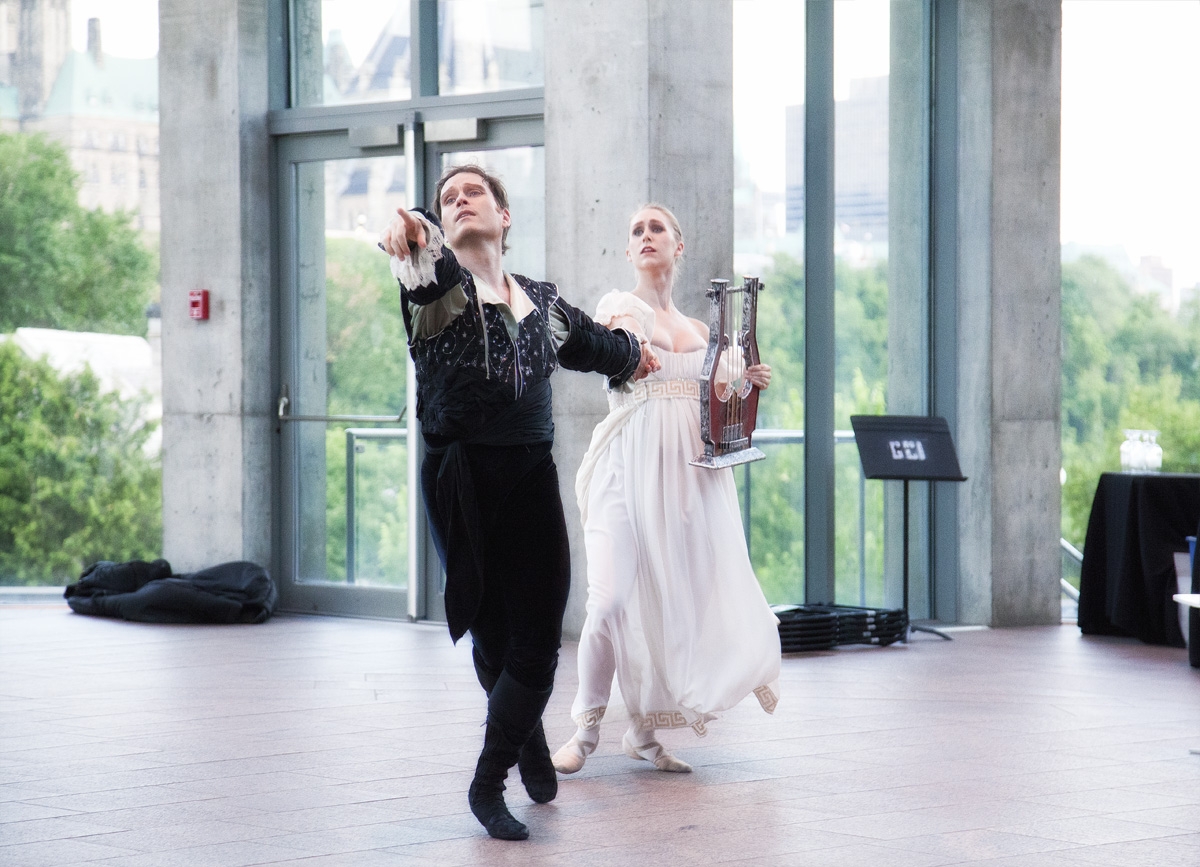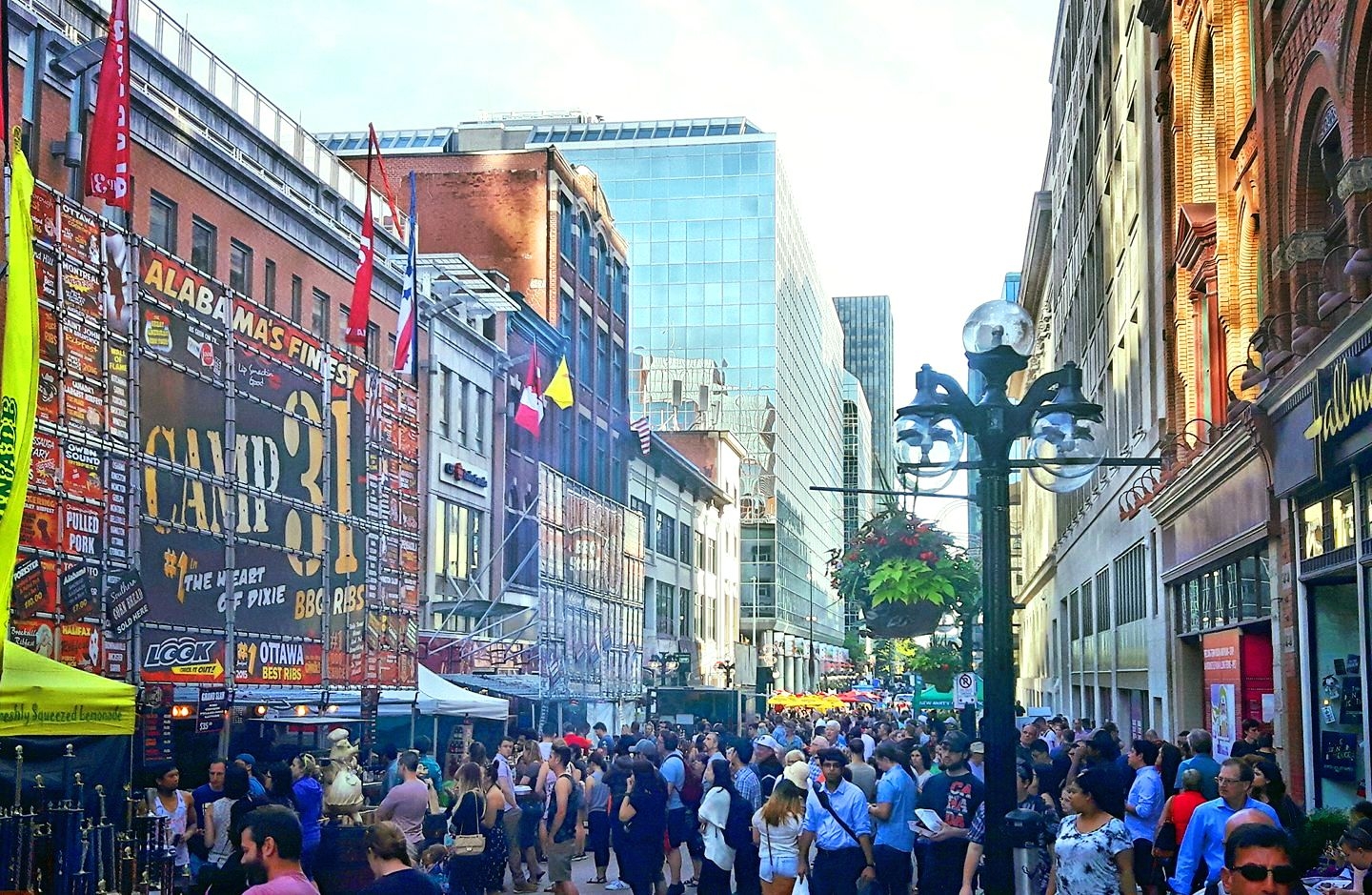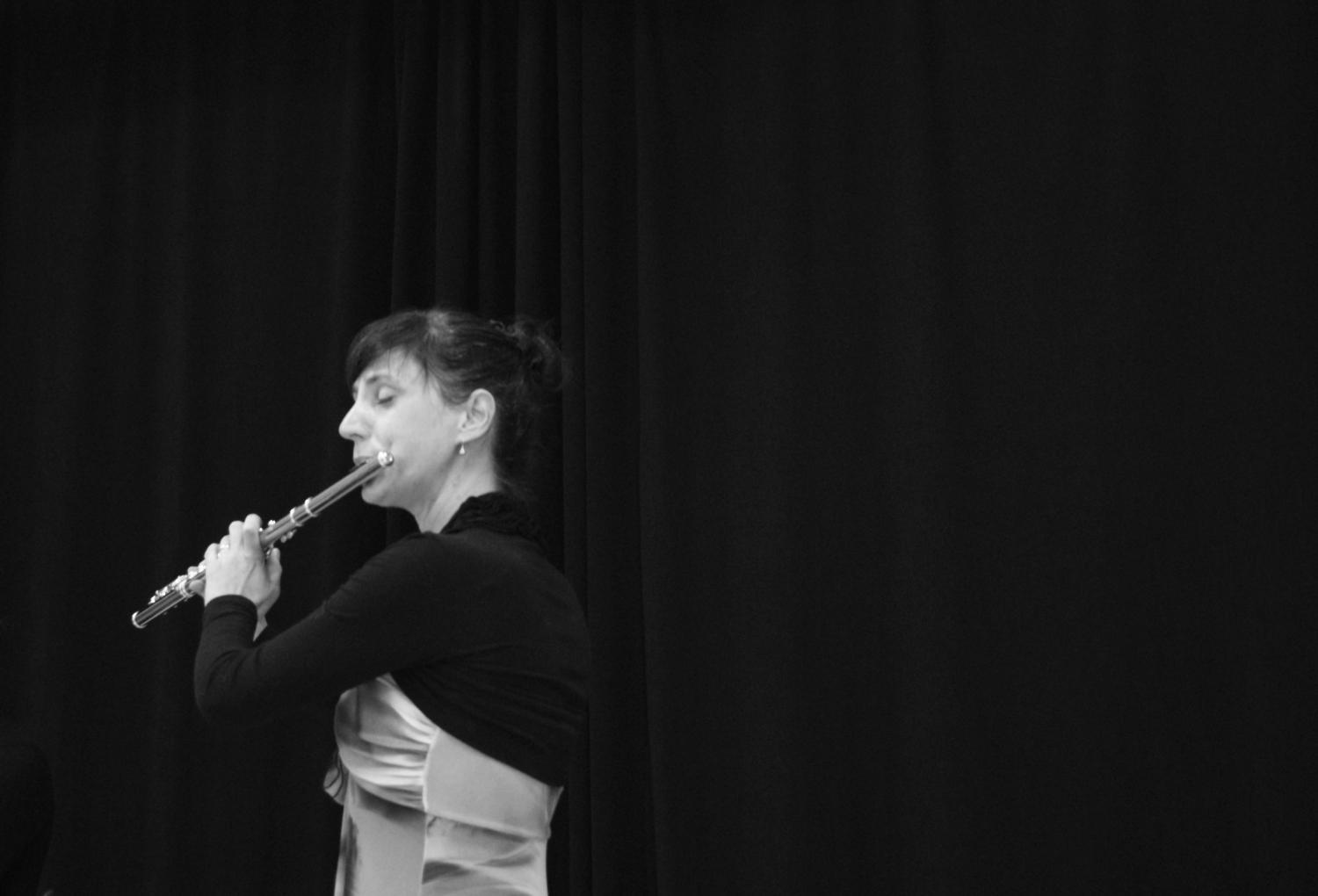
Art and Music come alive at the National Art Gallery Soiree
 Ottawa Life’s Festival City Series is back! We'll provide a unique look at some of your favourite events.
Ottawa Life’s Festival City Series is back! We'll provide a unique look at some of your favourite events.
We’ll go beyond the music with artist interviews, volunteer profiles, concert reviews and spotlights on
the tastes, sights and sounds of the festival season.
Your city! Your festivals and events!
Like a good sunscreen, Ottawa Life has you covered.
Photos courtesy of Music & Beyond
Last Tuesday the National Art Gallery was brought to life with the power of music for the first time ever.
Ottawa Life has been looking forward to the soirée at the National Art Gallery for weeks now, after having heard Julian Armour, Artistic and Executive Director, speak to us about the event.
Armour’s voice rang with excitement when he discussed his plans for the soirée; that there would be music in every gallery, music that would make the art on the walls come alive.
“In the renaissance room there will be an organ playing. You will come in and see this British painting and hear 16th century British music playing, and I got baroque dancers in the baroque gallery. All throughout the gallery music will be playing. In the modern gallery, modern music will be playing, minimalist music will be playing in the minimalist gallery. A new re-branding of the gallery is around Indigenous arts, and we will have Indigenous throat singers and drummers. In the Impressionist gallery we will have a harp playing and in the Modern gallery
there will be a 20th century nine foot Steinway, played by Tomson Highway.”
Reflecting on the Soirée we can safely say that it was everything we imagined it would be, and more. A truly magical night that seamlessly paired art and music together for an unforgettable, multi-sensory experience.
Ottawa Life would like to re-live Tuesday night by sharing some of our highlights with you.
Legendary pianist and playwright, and member of the Barren Lands First Nation Tomson Highway played into the night with his grandson by his side.
The audience was mesmerized by the Inuit throat singers, and in that intimate space it was as if the crowd could feel the same emotions the singers were expressing through their song.
Ottawa Life talked to Stephen and Raymond Hanson, who were also blown away by the Inuit throat singers.
“We were enchanted by the two Inuit throat singers who performed in the ante-chamber to the Inuit Gallery, surrounded by ancient artifacts. One of the singers came with her two young children…who, we learned, were taught to throat sing before they could talk. All, including the kids were dressed in traditional costume. The singers – both from Ottawa – took turns explaining both what the melody was about, and how each singer contributed to the sound. A lullaby was sung in traditional style, with the youngest little one on her Mom's back. Then the children wanted to sing too, so Mom dropped to her knees to be closer to their height, and each holding the other's elbows, sang face to face, one after the other. Unforgettable.”
If you’ve been to the National Art Gallery, you have likely seen the Voice of Fire by Barnett Newman – an abstract, larger than life painting that towers over you with a red stripe through it. For this piece, the Capital Chamber Music Choir gave the Voice of Fire a new meaning, a performance and experience that we won’t be able to forget the next time we see this piece.
From the European collection to the Canadian and Indigenous Art Exhibit we were met by evolving music that enchanted our senses.
“The music offered by different groups evolved from the beat of the indigenous drum, to voice (a quartet), through the rich repertoire of a pipe organ, to a toe-tapping string trio, to harp and then piano.”
Like nothing you’ve ever heard before, David Finkle intertwined natural noises with recorders and flutes in his solo.
“Instruments perhaps best described like the pan flute as "winds of the soul" – in a gallery dominated by the triptych Androgyny, by Norval Morrisseau. The powerful tableau, known as The Thunderbird, once hung in the ballroom of Rideau Hall at the request of then Governor General Michelle Jean. Gallery Docent Francine Chabot-Plante, who was on hand throughout the performance provided the history and interpretation of symbolism in the triptych.”
It was a night to remember – a night that brought so much depth to both visual art and music, and the relationship between the two. From now on we will always hear music when we look at art. And when we hear classical music a picture will be painted within our imaginations, evoking both stories and emotions, just as Tuesdays’ Soirée did.







